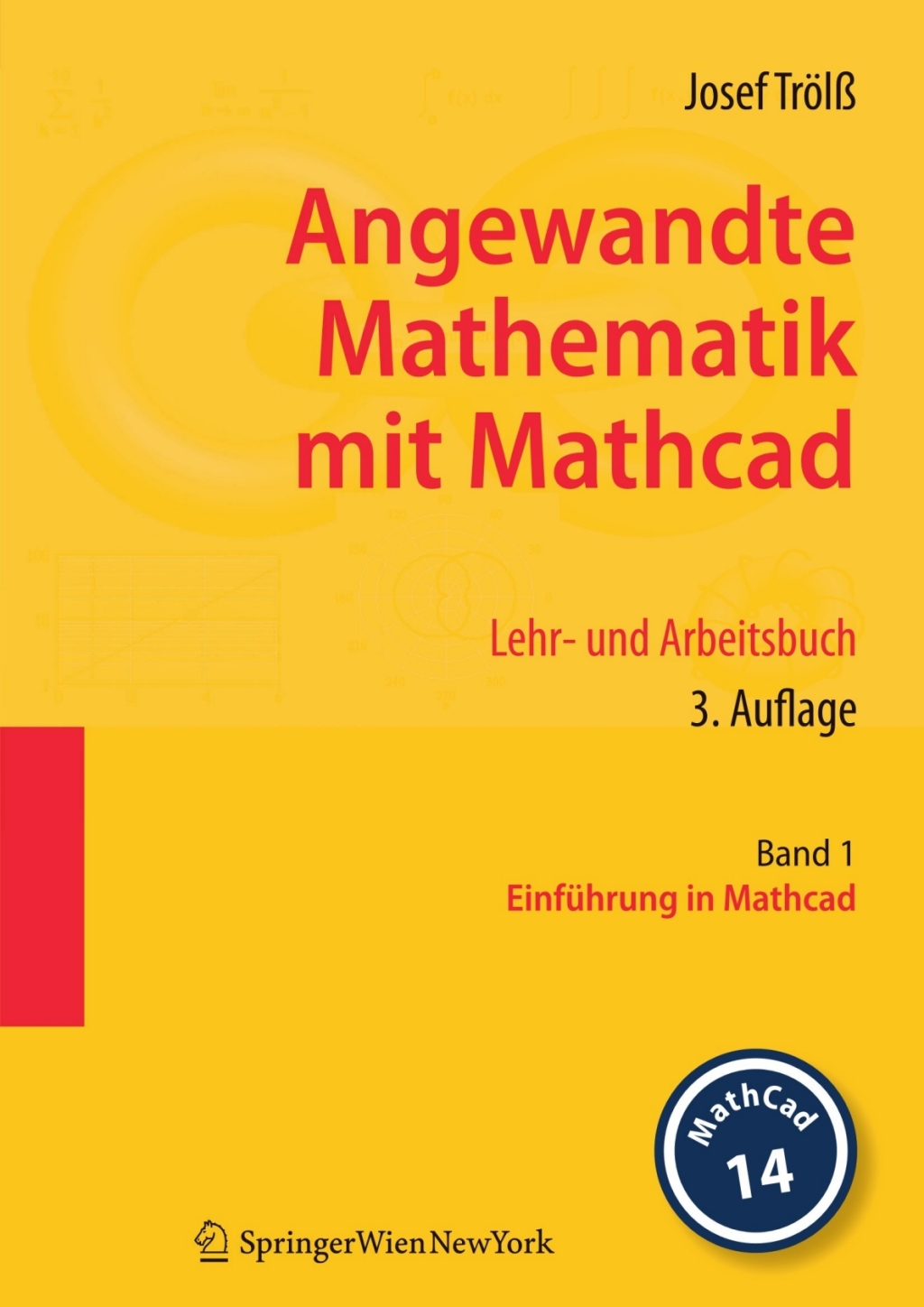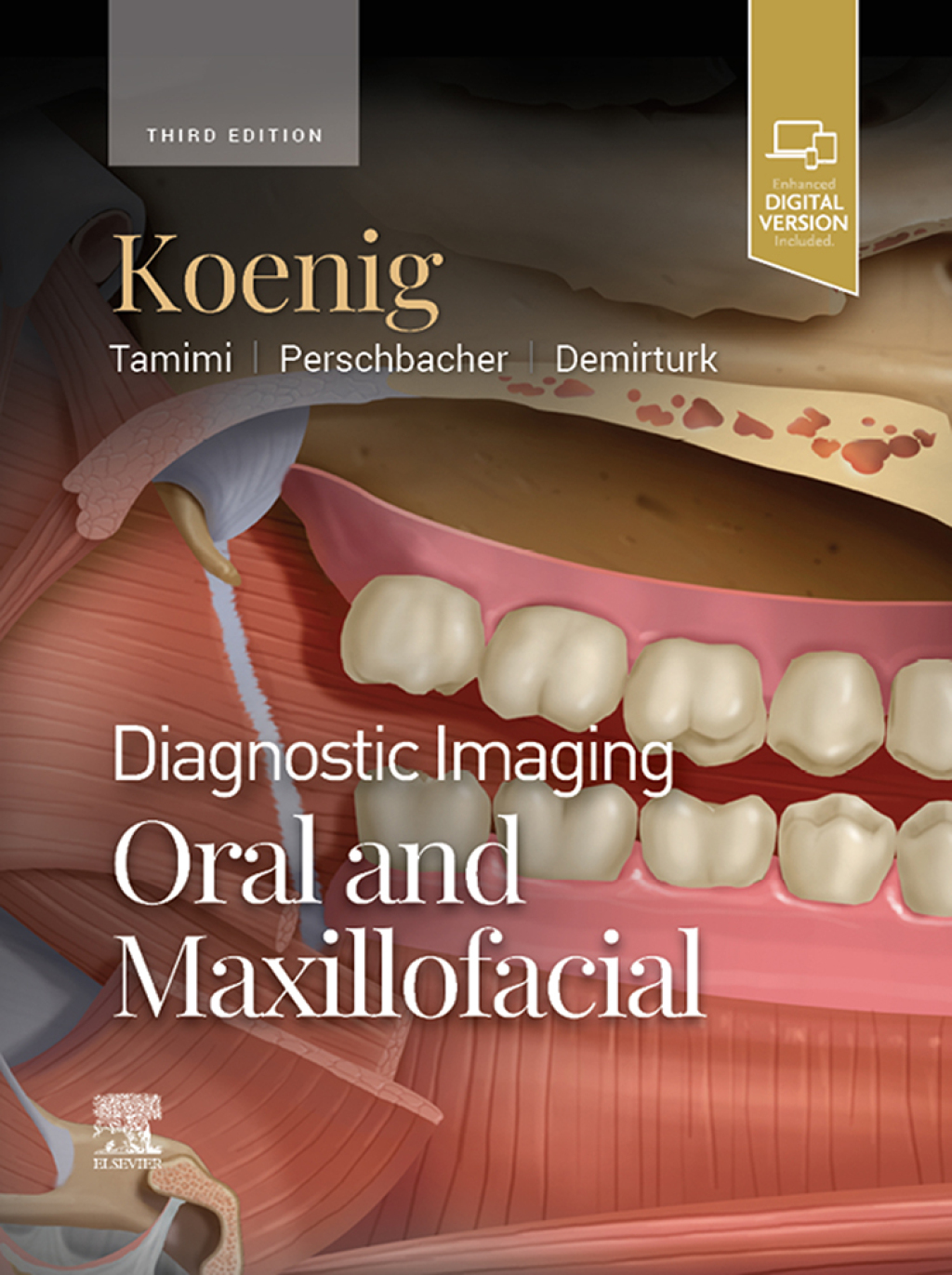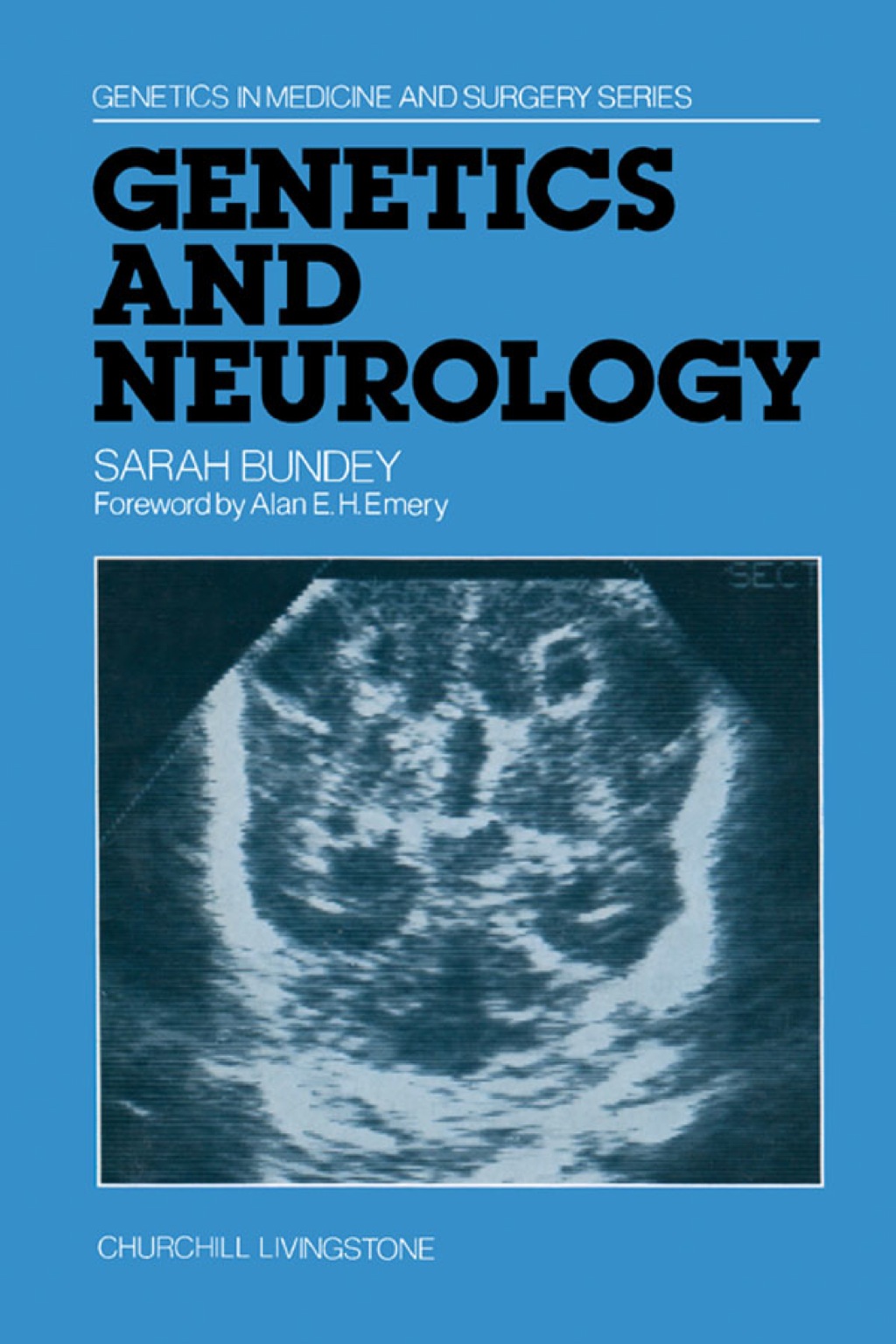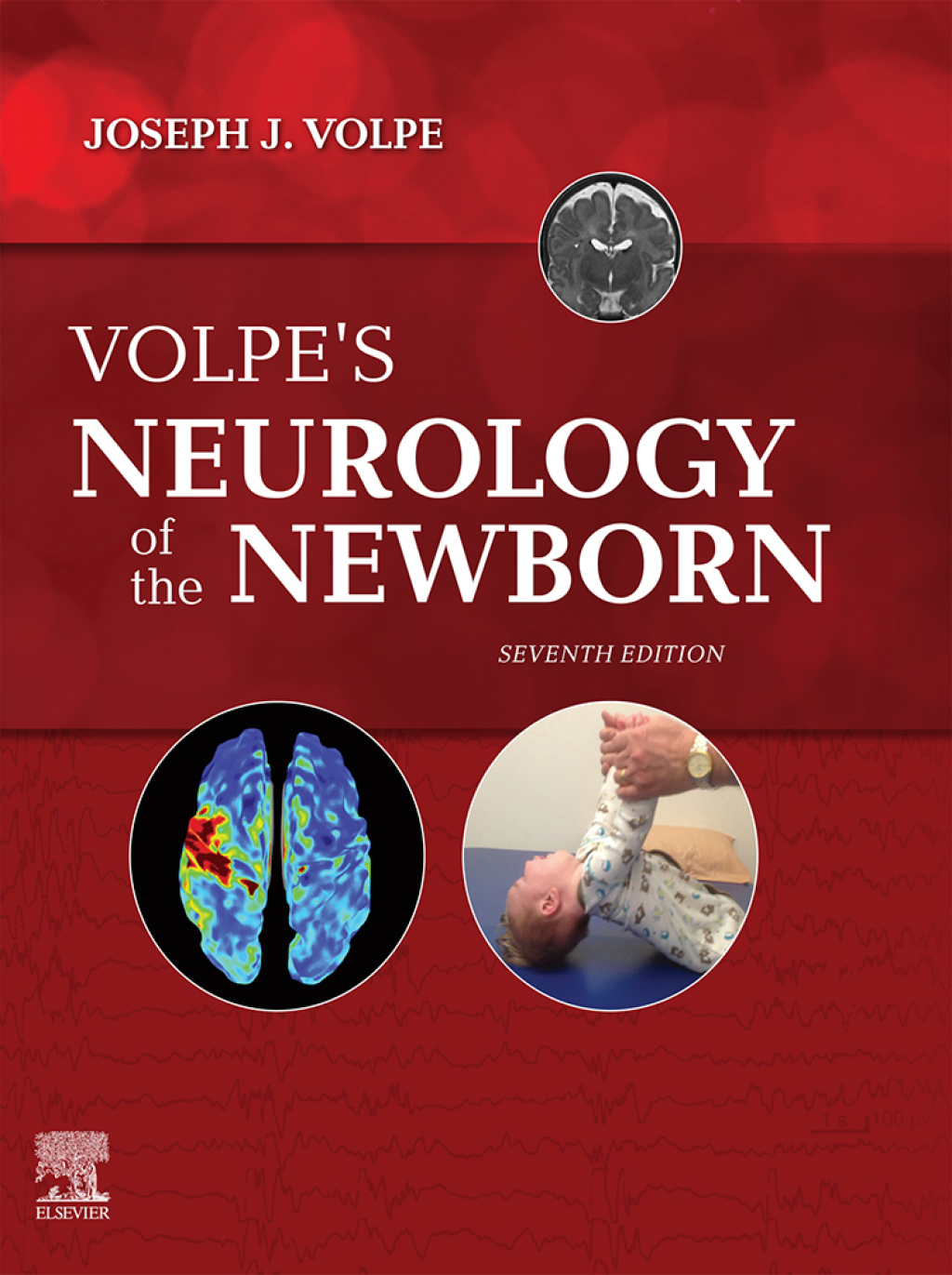into account in particular respect of an intercultural and increasingly g- balized world. For what is experienced as painful, deviant, or troublesome is not only subject to individual perception but also to collective states of – consciousness. The diagnostic process may be understood as a form of translation in so far as a patient’s utterances, be they verbal or nonverbal, are transferred to a new code of understanding, a process every communicator is involved in because, as we all know, there is no such thing as non-communication. If in an empathic relational ? eld we manage to decode a patient’s subjective l- guage including that of her symptoms and distress, a new language will crop up which will ? nally explain the text the patient originally came up with. D- ferent visions entail different actions. At best, translating widens the scope of options of the affected individual and, precedingly, her scope of decisi- making. Just as translating from other languages is judged successful only if the hermeneutic depth dimension of a notion has been embraced and c- veyed, the psychotherapeutic process calls for the same prudence: only if we have grasped most of the meaning and the content may we adequately int- pret psychological occurrences and bestow meaning to them.
“Avery’s Neonatology Board Review Certification and Clinical Refresher 2nd Edition” has been added to your cart. View cart
Psychotherapeutic Diagnostics Guidelines for the new standard 1st Edition
Author(s): Heinrich Bartuska; ‎Manfred Buchsbaumer; ‎Gerda Mehta
Publisher: Springer
ISBN: 9783211773093
Edition: 1st Edition
$39,99
Delivery: This can be downloaded Immediately after purchasing.
Version: Only PDF Version.
Compatible Devices: Can be read on any device (Kindle, NOOK, Android/IOS devices, Windows, MAC)
Quality: High Quality. No missing contents. Printable
Recommended Software: Check here










